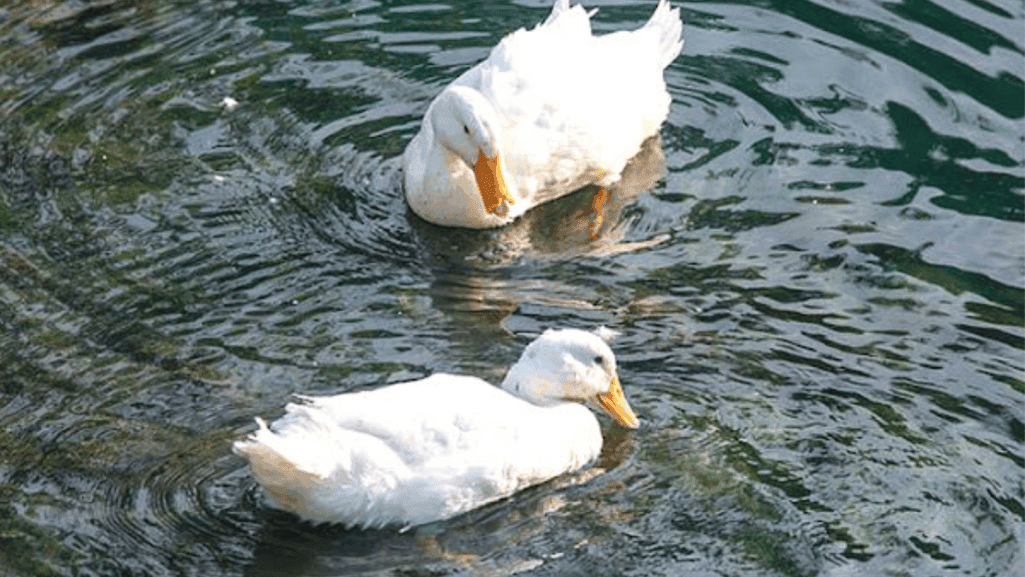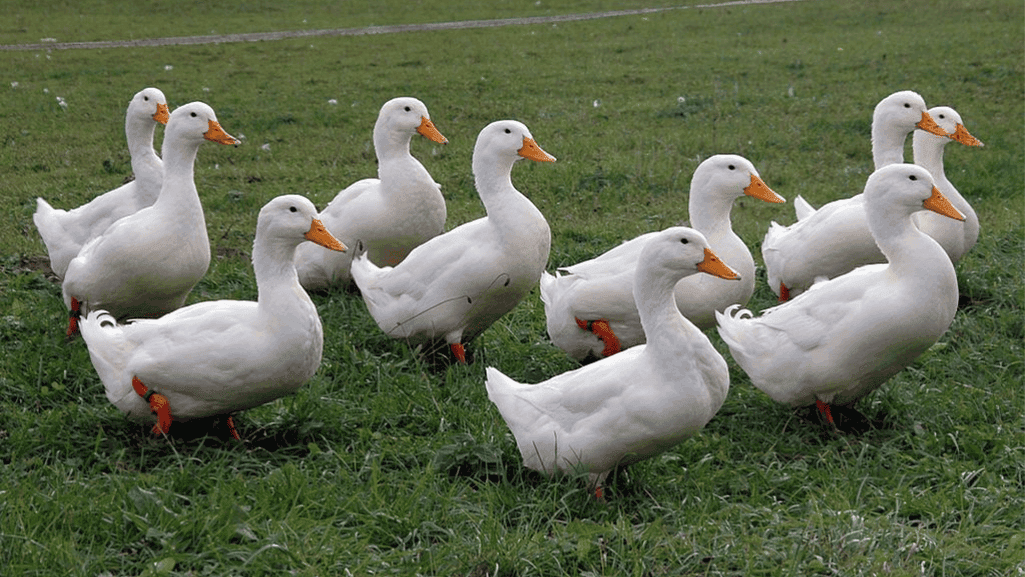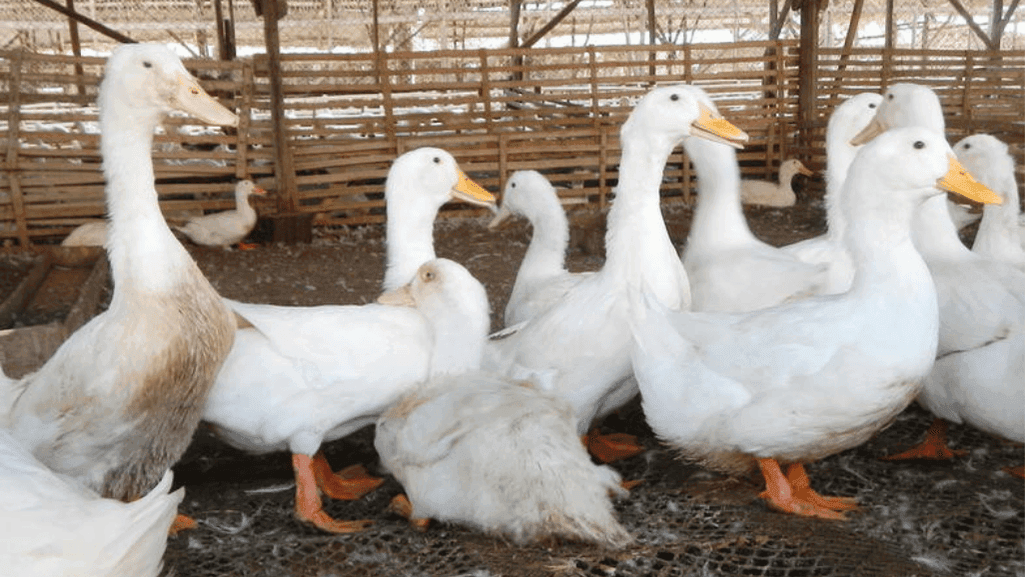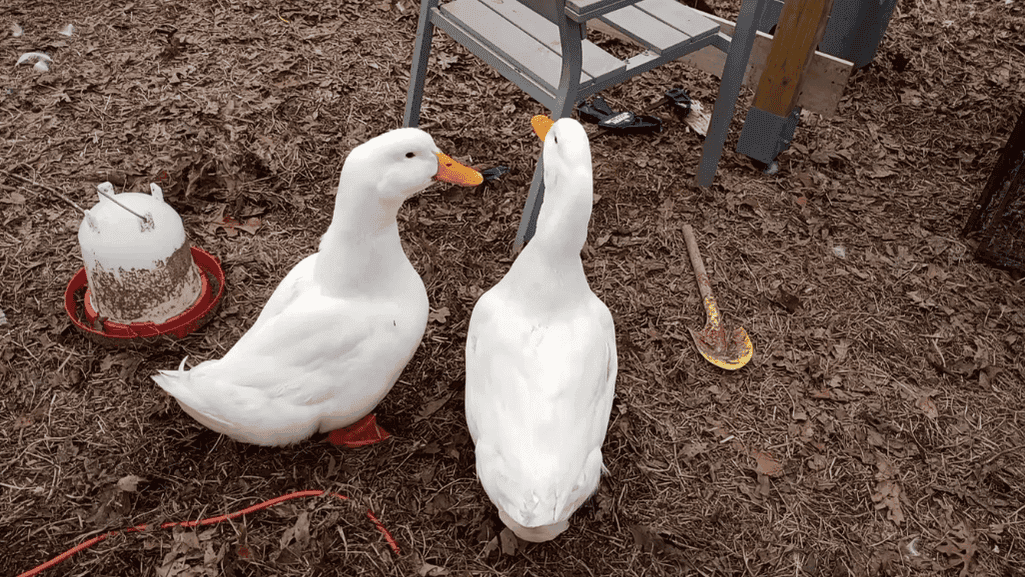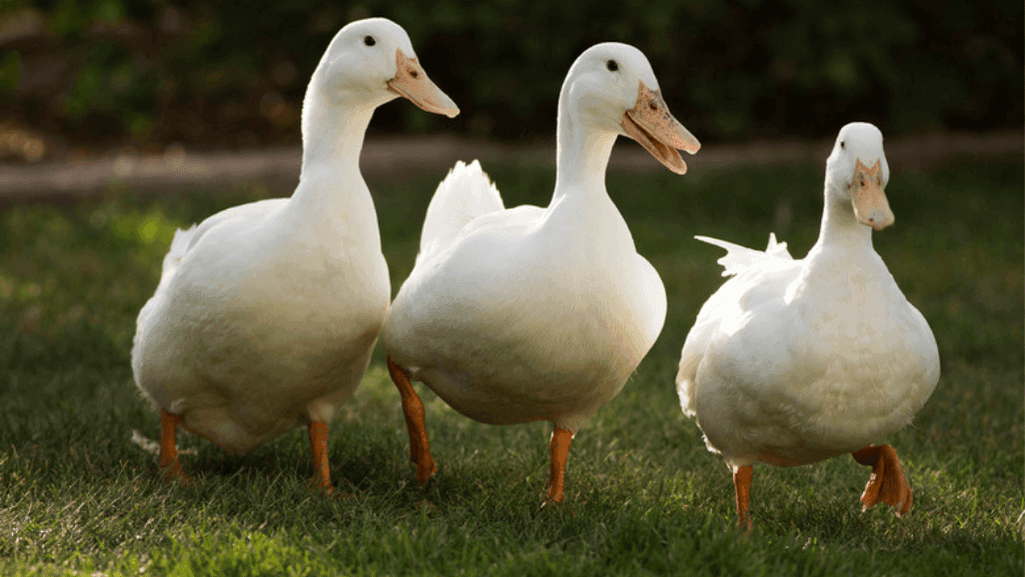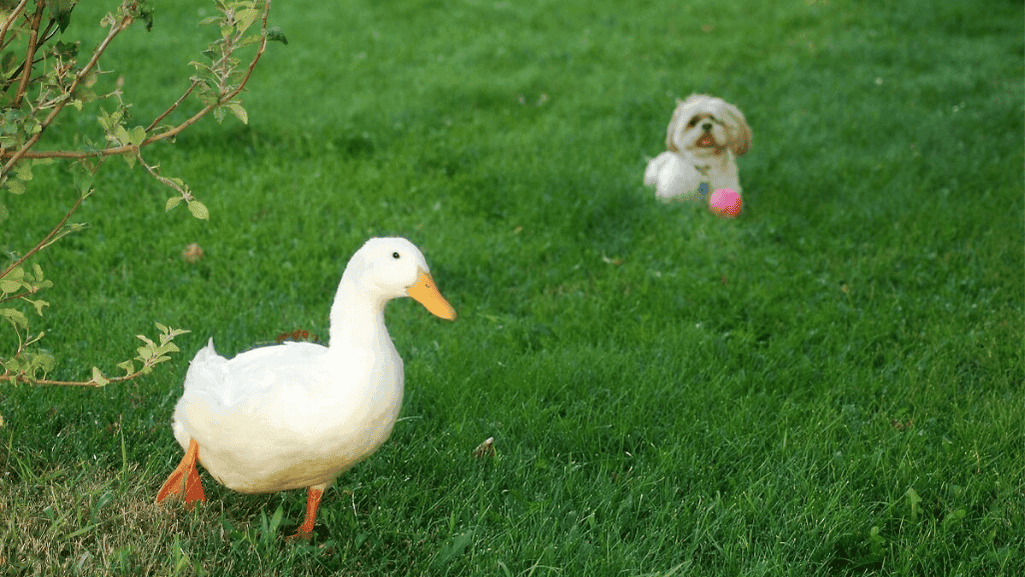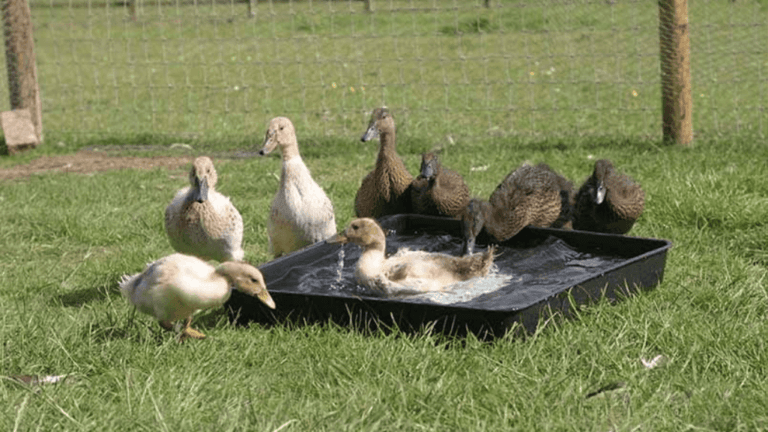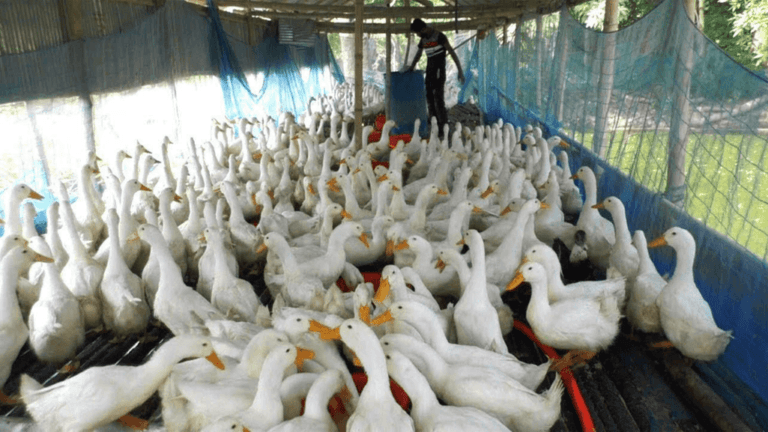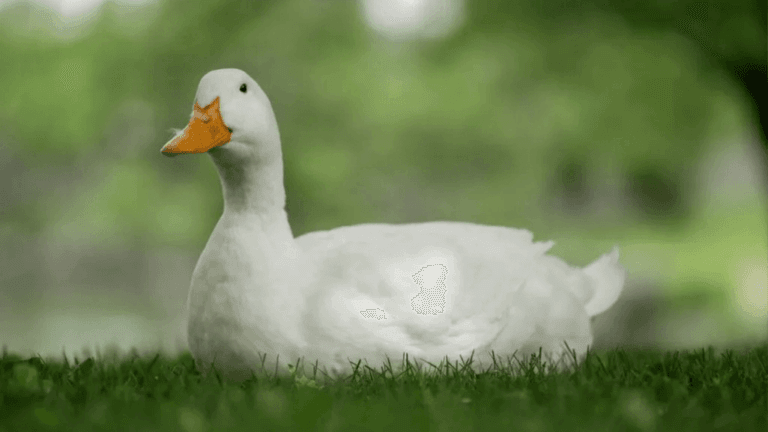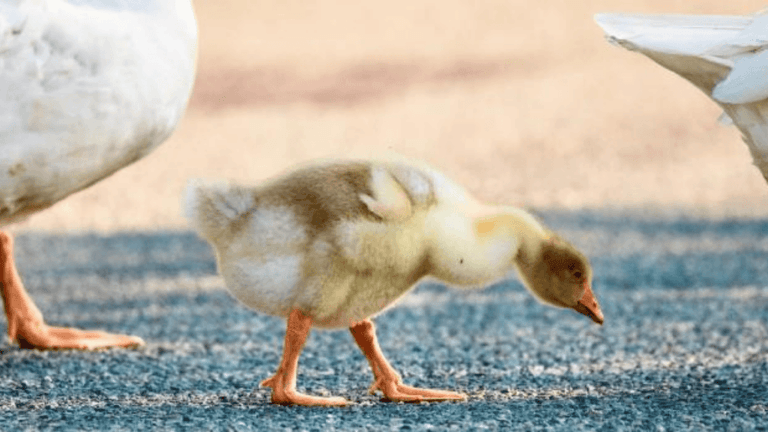Pekin ducks are among the most popular breeds in the United States,Pekin Duck Characteristics known for their versatility and friendly nature. Whether you’re raising them for meat, eggs, or as pets, understanding their behavior and temperament is essential. These birds are calm, hardy, and easy to care for, making them a favorite among both beginners and experienced duck enthusiasts.
One of the standout features of Pekin ducks is their efficient growth and ability to adapt to various climates. Their white feathers and robust build make them ideal for meat production, while their consistent egg-laying capabilities add to their utility. If you’re considering adding them to your flock, this guide provides valuable insights into their care and management.
Beyond their practical benefits, Pekin ducks are also known for their friendly and approachable demeanor. This makes them excellent companions for families or individuals looking for a low-maintenance pet. For more tips on raising these delightful birds, check out this resource.
Key Takeaways
- Pekin ducks are versatile, serving as excellent meat birds and reliable egg layers.
- They are known for their calm and friendly temperament, making them great pets.
- These ducks adapt well to various climates and are easy to care for.
- Their efficient growth and white feathers make them ideal for commercial purposes.
- Understanding their behavior is key to successful raising and management.
Introduction to Pekin Ducks
The Pekin breed has become a staple in American poultry farming due to its adaptability and productivity. These birds are not only popular in the U.S. but also worldwide, thanks to their versatility and ease of care. Whether you’re raising them for meat, egg production, or as a pet, they are an excellent choice for both beginners and experienced keepers.
Overview of the Breed
Pekin ducks are easily recognizable by their white feathers and robust build. Their size makes them ideal for commercial purposes, with males weighing up to 9 pounds and females around 8 pounds. This breed is known for its efficient growth, often reaching butchering weight by six weeks.
Behaviorally, they are calm and friendly, making them a joy to raise. Their adaptability to various climates ensures they thrive in both backyard and farm settings. For those interested in other breeds, the Aylesbury duck offers a fascinating comparison.
What Makes Them Unique?
What sets Pekin ducks apart is their dual-purpose nature. They excel in meat production, with their white feathers making carcass cleaning easier. Additionally, they are reliable egg layers, producing up to 300 white or tinted eggs annually.
Their friendly temperament also makes them great pets, especially for families. Whether you’re looking for a productive farm animal or a companion, this breed delivers on all fronts.
History and Origins of the Pekin Duck
The origins of this popular breed trace back thousands of years to ancient China. Domesticated over 4,500 years ago, it became a staple in Chinese agriculture. Its adaptability and productivity made it a favorite among farmers.
Ancient Chinese Roots
This breed’s history is deeply rooted in China, where it was first domesticated. Historical records highlight its role in early farming practices. Its efficient growth and friendly nature made it a valuable asset for both meat and egg production.
The American Journey
In the 1870s, the pekin breed made its way to America. Imported duck eggs marked the beginning of its journey. By the late 19th century, it had gained popularity for its versatility and ease of care.
Entry into Poultry Standards
The american pekin was officially recognized by the American Poultry Association. Its inclusion in the Standard of Perfection solidified its status. Today, it remains a cornerstone of American poultry farming, admired for its dual-purpose utility.
Physical Appearance and Key Traits
Known for their striking appearance, these birds are easily recognizable in any flock. Their white feathers and robust build make them a favorite among both backyard keepers and commercial farmers. Let’s dive into the details of their physical traits.
Distinctive White Feathers
One of the most defining features of this breed is their uniform white plumage. The feathers are large and clean, making them ideal for meat production. This trait also sets them apart visually from other breeds, giving them a sleek and elegant look.
Size and Build Characteristics
These birds are known for their substantial size and sturdy body. Males typically weigh up to 9 pounds, while females are slightly smaller. The “jumbo pekin” variety is even larger, making it a popular choice for those seeking a bigger bird.
Their strong frame and balanced proportions contribute to their adaptability in various environments. Whether in a backyard or a farm, their physical traits ensure they thrive and remain healthy.
pekin duck characteristics in Detail
There’s more to this breed than meets the eye, and knowing the details can make all the difference. While they may appear ordinary, their traits are packed with valuable insights. This guide will help you understand everything you need to know about their physical, behavioral, and productive qualities.
One of the standout features is their rapid growth rate. They can outgrow their initial housing within weeks, making them a practical choice for meat production. Their white feathers and bright orange beaks add to their visual appeal, but their utility goes far beyond looks.
Behaviorally, they are calm and social, thriving in flocks. This makes them easy to manage, whether in a backyard or commercial setting. Their friendly nature also makes them great companions for families.
When it comes to productivity, they are reliable egg layers. A female can produce up to 300 eggs annually, with yolks that are rich and vibrant. Their dietary needs are straightforward, requiring a balanced mix of protein and nutrients for optimal health.
For those new to raising this breed, this guide ensures you have everything you need to know. From their growth patterns to their social behaviors, understanding these traits will help you succeed in raising them effectively.
Behavior and Temperament
Understanding the behavior of these birds is key to raising them successfully. Their calm and friendly nature makes them a favorite among keepers. Whether you’re raising them for meat, eggs, or as pets, their temperament is one of their most appealing traits.
Calm and Docile Nature
These birds are known for their calm demeanor. They rarely show aggression, making them easy to handle. This trait is especially beneficial for families or beginners. Their docile nature also ensures they thrive in flocks without conflicts.
Social and Interactive Behaviors
Social interactions are a big part of their daily life. They enjoy being in groups and often communicate through their characteristic quack. Males and females may exhibit slight differences in behavior. For example, males tend to be more vocal, while females are often quieter but equally social.
Physical traits like the shape of their bill can also influence behavior. A broader bill may indicate a more assertive personality. Observing these subtle cues can help you better understand and manage your flock.
Pekin Ducks as a Meat Production Choice
When it comes to raising birds for meat, few options are as efficient as the Pekin breed. Over 95% of duck meat in the U.S. comes from this breed, thanks to its rapid growth and excellent feed-to-meat conversion. Whether you’re running a commercial farm or raising birds in your backyard, Pekins are a top choice for meat production.
Efficient Growth and Food Conversion
Pekins are known for their ability to grow quickly. They can reach a weight of up to 9 pounds in just six weeks, making them ideal for meat purposes. Their feed conversion ratio is impressive, requiring less than 2 kg of feed per kg of body weight. This efficiency translates to cost savings for farmers and higher yields for consumers.
Commercial and Backyard Production Benefits
On a commercial farm, Pekins are valued for their consistent performance. They yield 72-75% of their live weight in meat, with a high percentage of muscle. For backyard keepers, their calm temperament and ease of care make them a practical choice. Whether you’re raising them for personal use or profit, Pekins deliver exceptional results.
- They grow quickly, reaching butchering weight in just six weeks.
- Their feed-to-meat conversion is highly efficient, reducing costs.
- They are adaptable, thriving in both commercial and backyard settings.
- Their high meat yield makes them a profitable choice for farmers.
In summary, Pekins are the ultimate meat bird, offering unmatched efficiency and versatility. Their ability to thrive in various environments ensures they remain a favorite among producers and hobbyists alike.
Egg Production and Laying Patterns
While often celebrated for their meat, this breed also stands out for its impressive egg-laying abilities. Understanding their laying patterns and factors influencing productivity can help you maximize their potential.
Annual Egg Yields
These birds are reliable layers, producing an average of 140-175 eggs annually. Some strains, particularly those bred for egg production, can yield even higher numbers. For example, a well-managed flock can achieve a laying rate of up to 90% during peak periods.
Each hen typically lays one egg per day, with clutches varying based on environmental conditions. Proper care and nutrition play a significant role in maintaining consistent yields.
Factors Influencing Laying Frequency
Several factors affect how often these birds lay eggs. Light exposure is critical; providing 15 hours of light daily can optimize egg production. Temperature also plays a role, as extreme heat or cold can reduce laying frequency.
Other factors include diet, stress levels, and the age of the hen. Younger birds, around 6-7 months old, tend to lay more consistently, while older birds may experience a decline in productivity.
- Lighting: 15 hours of light daily boosts egg output.
- Temperature: Moderate climates encourage consistent laying.
- Diet: Balanced nutrition supports optimal egg production.
- Age: Younger birds are more productive than older ones.
By understanding these factors, you can create an environment that supports high egg yields and ensures the health of your flock.
Sexing and Differentiating Male vs. Female
Identifying the gender of these birds can be a fascinating and essential task for any keeper. Whether you’re managing a flock for eggs, meat, or companionship, knowing how to distinguish between males and females is key. This guide will walk you through the most reliable methods.
Visual Cues for Identification
One of the simplest ways to differentiate between males and females is by observing physical traits. Males, or drakes, often have a slightly broader bill compared to females. Additionally, mature drakes may develop curly tail feathers, a feature absent in hens.
In ducklings, these differences are less pronounced. However, as they grow, subtle changes in size and feather patterns can provide clues. For example, males tend to be slightly larger and more robust as they mature.
Auditory Differences
Listening to their vocalizations is another effective method. Females are known for their loud, distinctive quack, while males produce a softer, raspier sound. These differences become more apparent as the birds reach maturity, typically around 6-8 weeks of age.
Age and Maturity
Age plays a significant role in sex identification. Young ducklings of both genders produce similar peeping sounds. However, as they grow, their vocal patterns and physical traits become more distinct. By observing these changes, you can accurately determine their gender.
- Look for a broader bill and curly tail feathers in males.
- Listen for a loud quack in females and a softer call in males.
- Observe size and feather patterns as they mature with age.
By combining these methods, you can confidently identify the male and female members of your flock. This knowledge not only helps in managing your birds but also enhances their overall care and productivity.
Diet, Nutrition, and Feeding Requirements
Proper nutrition is the cornerstone of raising healthy and productive birds. A balanced diet ensures they grow well, stay active, and remain free from health issues. Whether you’re raising them for meat, eggs, or companionship, understanding their dietary needs is essential.
Nutritional Needs for Optimal Health
Birds require a mix of protein, vitamins, and minerals to thrive. For the first two weeks, ducklings need a diet with 20% protein to support rapid growth. As they mature, the protein requirement decreases to 16% by six weeks of age. Supplements like niacin are crucial for bone development and overall health.
Commercial feeds are designed to meet these needs, but natural foraging can also play a role. For example, allowing birds to graze on grass or insects can supplement their diet. However, ensure their primary feed is balanced to avoid deficiencies.
Foraging Behaviors and Supplementation
Foraging is a natural behavior that provides mental stimulation and additional nutrients. During a typical week, birds will spend hours searching for food in their environment. This activity can reduce feed costs and improve their health.
However, foraging alone isn’t enough. Supplement their diet with high-quality feed to ensure they get all the nutrients they need. For instance, while chicken feed can be used in a pinch, it often lacks the niacin levels required for birds. Always choose feeds specifically formulated for their needs.
“A well-balanced diet is the foundation of a healthy flock. Proper feeding not only supports growth but also prevents common health issues.”
By understanding their dietary needs and behaviors, you can raise a thriving flock. Whether you rely on commercial feed or natural foraging, the key is to provide a balanced and nutritious diet at every stage of their life.
Caring for Your Pekin Ducks
Providing the right care ensures these birds thrive in any setting. Whether you’re raising them as a pet or for commercial purposes, their well-being depends on a secure environment and consistent routines. A happy and healthy domestic duck can live up to 10 years or more with proper attention.
Proper Housing and Environment
A spacious and safe shelter is essential for their comfort. Each bird needs at least 10 square feet of outdoor space to roam and forage. Indoors, provide a clean, dry area with proper ventilation. A coop measuring 2 feet by 3 feet is ideal for two birds.
Access to clean water is crucial. They require about 1 liter daily for drinking and bathing. Ensure their water source is separate from their swimming area to prevent contamination. A well-maintained environment reduces stress and promotes their natural behaviors.
Health, Maintenance, and Longevity
Routine care plays a significant role in their lifespan. Regular health checks help detect issues early. Common problems like bumblefoot can be prevented with clean bedding and proper nutrition. A diet rich in niacin supports bone health and prevents lethargy.
Companionship is vital for their mental well-being. Keeping at least two birds together prevents loneliness and depression. Social interactions keep them active and engaged, contributing to a longer, healthier life.
“Consistent care and a balanced environment are the keys to raising thriving birds.”
By following these practices, you can ensure your birds live a full and healthy life. Whether in a backyard or commercial setting, proper care makes all the difference.
Varieties and Hybrids of Pekin Ducks
The Pekin breed offers a range of varieties, each with unique traits and purposes. Whether you’re raising them for meat, eggs, or as pets, understanding these differences can help you make the right choice. From the classic American Pekin to the larger Jumbo Pekin, this breed has much to offer.
American Pekin versus Jumbo Pekin
The American Pekin is a classic choice, known for its adaptability and consistent performance. It’s a versatile breed, ideal for both backyard keepers and commercial farms. With its efficient growth and friendly temperament, it’s a favorite among many.
On the other hand, the Jumbo Pekin is larger, making it a top choice for meat production. It reaches butchering weight faster and yields more meat per bird. While it shares many traits with the American Pekin, its size sets it apart.
Other Notable Strains and Crossbreeds
Beyond these two, there are other notable strains like the Grimaud hybrid. This variety is known for its efficiency, with a high feed-to-meat conversion rate. It’s a popular choice for commercial producers due to its consistent performance.
Crossbreeds like the Grimaud offer additional benefits, such as improved disease resistance and higher productivity. These hybrids are often tailored to specific farming needs, making them a valuable addition to any flock.
When selecting a breed, consider your goals. The American Pekin is great for versatility, while the Jumbo Pekin excels in meat production. Hybrids like the Grimaud offer specialized advantages, ensuring you make the right choice for your needs.
For more insights into duck meat consumption and other breeds, check out this resource.
Practical Tips for Raising Pekin Ducks
Raising a flock successfully requires a mix of planning, patience, and practical knowledge. Whether you’re managing a backyard setup or a commercial farm, these tips will help you create an environment where your birds thrive. Here’s everything you need to know to get started.
Setting Up a Successful Flock
Start with proper housing. Each bird needs at least 10 square feet of outdoor space to roam. Indoors, provide a clean, dry area with good ventilation. A coop measuring 2 feet by 3 feet is ideal for two birds.
Access to clean water is crucial. They require about 1 liter daily for drinking and bathing. Ensure their water source is separate from their swimming area to prevent contamination. A well-maintained environment reduces stress and promotes natural behaviors.
Managing Day-to-Day Production
Daily routines are key to maintaining a healthy flock. Feed them a balanced diet with 16% protein after six weeks of age. Supplements like niacin support bone development and overall health.
Foraging is a natural behavior that provides mental stimulation and additional nutrients. Allow them to graze on grass or insects, but ensure their primary feed is balanced to avoid deficiencies.
Regular health checks help detect issues early. Common problems like bumblefoot can be prevented with clean bedding and proper nutrition. Social interactions keep them active and engaged, contributing to a longer, healthier life.
“Consistent care and a balanced environment are the keys to raising thriving birds.”
For more insights into selecting the right duck breeds, check out this resource. By following these practices, you can ensure your flock lives a full and healthy life. Whether in a backyard or commercial setting, proper care makes all the difference.
Exploring Pekin Duck Production and Utility
The versatility of Pekin ducks makes them a top choice for both meat and egg production. Their ability to excel in both areas has made them a favorite among farmers and homesteaders. Whether you’re raising them for commercial purposes or personal use, their dual-purpose nature offers significant benefits.
Meat Production: A Market Favorite
Pekin ducks are highly valued for their meat, which is tender, flavorful, and widely sought after in culinary circles. Their rapid growth rate allows them to reach butchering weight in just six weeks. This efficiency makes them a cost-effective choice for producers.
Their white feathers make processing easier, as they leave no dark pinfeathers. This trait, combined with their high yield, ensures a clean and appealing product. For those looking to maximize their meat production, the jumbo variety offers even greater yields.
Egg Laying: Consistent and Reliable
In addition to their meat production, Pekin ducks are reliable layers. A single hen can produce up to 300 eggs annually, making them a sustainable choice for small-scale and commercial operations alike. Their eggs are rich in flavor and nutrition, perfect for both cooking and baking.
Proper lighting and temperature management can further enhance their laying frequency. Providing 15 hours of light daily and maintaining moderate temperatures ensures consistent egg production throughout the year.
The Jumbo Advantage
The jumbo Pekin variety stands out for its larger size and higher meat yield. These birds grow faster and reach heavier weights, making them ideal for those focused on production efficiency. While they share many traits with the standard Pekin, their size sets them apart in terms of output.
Economic and Practical Benefits
Raising Pekin ducks offers both economic and practical advantages. Their dual-purpose nature reduces the need for separate flocks for meat and egg production. This efficiency translates to cost savings and higher returns for farmers.
For homesteaders, their friendly temperament and low maintenance make them a joy to raise. Whether you’re looking to start a small flock or expand a commercial operation, Pekin ducks are a smart and versatile choice.
Conclusion
Raising Pekin ducks offers a blend of practicality and enjoyment, making them a standout choice for poultry enthusiasts. This breed has a rich history, originating in China and becoming a staple in American farming. Their white feathers and robust build make them visually striking, while their dual-purpose nature ensures they excel in both meat and egg production.
Understanding the differences between male and female ducks is essential for effective flock management. Males often have broader bills and curly tail feathers, while females are known for their distinctive quacks. Proper care, including balanced nutrition and a clean environment, ensures their health and longevity.
Whether you’re raising them for commercial purposes or as a pet, Pekin ducks are a versatile and rewarding choice. Their adaptability, friendly temperament, and productivity make them a top pick for both beginners and experienced keepers. For more insights, explore our detailed guide to get started on your journey with this exceptional breed.


